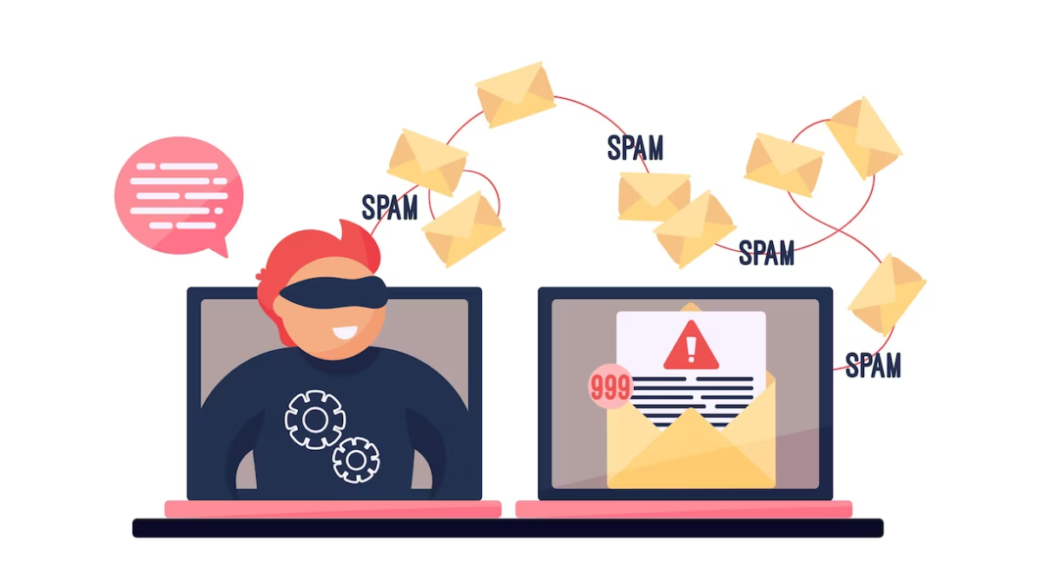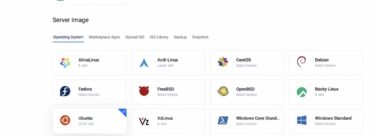In today’s digital age, email is an integral part of our personal and professional lives. However, it’s also a prime target for hackers seeking to gain unauthorized access to sensitive information. To safeguard your email accounts and data, it’s crucial to implement effective security measures. In this post, we’ll explore the best strategies to prevent email hacking while ensuring your online communications remain secure.
Understanding Email Hacking
Email hacking is a pervasive cyber threat that has become increasingly prevalent in our digital age. It involves unauthorized access to an individual’s or organization’s email account, with malicious intent. This breach of privacy can lead to various detrimental consequences, making it essential to understand the intricacies of email hacking.
Motives behind email hacking vary widely, often driven by personal gain or ill intentions. Some common motives include:
- Financial Gain: Cybercriminals may target email accounts to access sensitive financial information, like bank statements or credit card details, in pursuit of monetary gains;
- Identity Theft: Hackers might aim to steal personal information to commit identity theft, using the victim’s credentials for fraudulent activities;
- Espionage: State-sponsored hackers and corporate rivals may engage in email hacking to gather confidential information, trade secrets, or classified data;
- Revenge or Harassment: Individuals may resort to email hacking as a means of revenge, seeking to tarnish someone’s reputation or personal life.
Types of email hacking attacks encompass a range of techniques, including:
- Phishing: Deceptive emails or websites trick users into revealing their login credentials;
- Brute Force Attacks: Attackers repeatedly guess passwords until they find the correct one;
- Keyloggers: Malicious software records keystrokes to capture login information;
- Credential Stuffing: Cybercriminals use stolen login credentials from one service to gain unauthorized access to another;
- Man-in-the-Middle (MitM) Attacks: Hackers intercept and eavesdrop on email communications.
The real-life consequences of email hacking can be devastating. Victims may experience financial loss, reputational damage, and emotional distress. Sensitive personal information may be exposed, leading to identity theft and fraud. In the corporate world, email hacking can result in the loss of critical data, compromising business operations and reputation. It underscores the importance of robust cybersecurity measures, such as two-factor authentication and regular password updates, to safeguard against this ever-present threat in the digital realm.
Identifying Phishing Attempts
| Method | Description |
|---|---|
| Urgent Language | Watch for emails pressuring immediate action. |
| Suspicious Sources | Be cautious of unknown or dubious senders. |
| Grammar and Spelling | Check for errors in language and writing. |
| Hover Over Links | Verify links by hovering without clicking. |
| Avoid Unsolicited Info | Refrain from sharing sensitive data via email. |
Phishing, a prevalent cyber threat, involves the deceptive practice of tricking individuals into divulging sensitive information, such as login credentials, personal data, or financial details. Recognizing phishing attempts is paramount for safeguarding your online security.
Phishing emails often exhibit distinct characteristics that can help you identify them. They frequently employ tactics like urgency or fear-inducing language to pressure recipients into taking immediate action. These emails may also appear to originate from trusted sources or mimic well-known organizations, often using logos and email addresses that closely resemble legitimate ones. It’s essential to scrutinize the email for grammar and spelling errors, as these are common in fraudulent emails.

To protect yourself from phishing attempts, exercise caution when encountering suspicious links or unexpected attachments, particularly if the sender’s identity seems dubious. One useful practice is to hover your mouse cursor over links without clicking to reveal the actual URL, allowing you to assess its legitimacy. Additionally, avoid disclosing sensitive information via email, especially in response to unsolicited requests, as legitimate organizations typically don’t request sensitive data in this manner.
Lastly, reporting phishing attempts is a responsible action in the fight against cybercrime. Most email providers and organizations offer mechanisms for reporting suspicious emails. By reporting such incidents, not only do you shield yourself from potential harm, but you also contribute to collective efforts to thwart phishing attacks, potentially preventing others from falling prey to the same scams. Staying vigilant, employing skepticism, and maintaining awareness are essential for identifying and defending against phishing attempts in today’s digital landscape.
10 Email Security Tips for Inbox Protection
1. Use Strong and Unique Passwords
The foundation of email security starts with your password. Create a strong password that includes a mix of upper and lower-case letters, numbers, and special characters. Avoid common phrases, birthdays, and easily guessable information. Additionally, use a unique password for each of your accounts to minimize the impact of a breach on multiple platforms.
2. Enable Two-Factor Authentication (2FA)
Two-factor authentication adds an extra layer of security by requiring you to provide a second verification step, usually through a text message, app, or email, in addition to your password. Enabling 2FA can significantly reduce the risk of unauthorized access to your email account.
3. Regularly Update Your Password
Set a routine to update your passwords at least every three to six months. This practice reduces the chances of a hacker gaining long-term access to your account. Many email services offer password change reminders, so take advantage of these features.
4. Be Cautious with Email Links and Attachments
Phishing attacks often rely on enticing users to click on malicious links or download harmful attachments. Exercise caution when you receive unexpected emails, especially those requesting personal information or financial details. Verify the sender’s identity before taking any action.
5. Use a Reputable Email Service Provider
Choose a well-known and trusted email service provider that invests in robust security measures and regularly updates its systems to protect against emerging threats. These providers often have advanced filters to detect and block suspicious emails.
6. Educate Yourself and Your Team
If you’re managing an email system for a business or organization, ensure that all team members are educated about email security best practices. Conduct regular training sessions to keep everyone informed about the latest threats and how to recognize them.
7. Keep Your Device and Software Updated
Hackers often exploit vulnerabilities in outdated software and operating systems. To prevent this, regularly update your email client, operating system, and security software to patch potential security holes.
8. Monitor Your Account Activity
Frequently review your email account activity for any unusual login attempts or suspicious actions. Many email providers offer account activity logs that can help you identify and address potential breaches promptly.

9. Use Email Encryption
Email encryption ensures that your messages are secure and cannot be intercepted or read by unauthorized parties. Investigate options for end-to-end encryption or use secure email services that prioritize data protection.
10. Backup Your Emails
Regularly backup your important emails and data to an external location or cloud storage. In case of a breach, having a recent backup ensures that you can recover your information without too much hassle.
Conclusion
By implementing these email security strategies, you can significantly reduce the risk of your email account falling victim to hackers. Remember that email security is an ongoing process, so stay vigilant and adapt to new threats as they emerge. Protecting your email accounts is essential in safeguarding your personal and professional information from potential cyberattacks.










